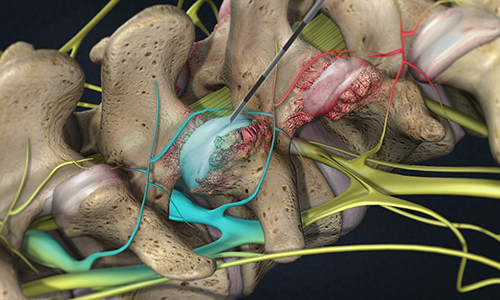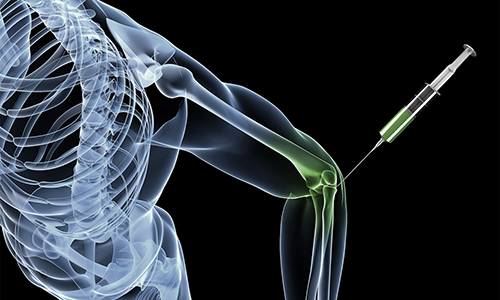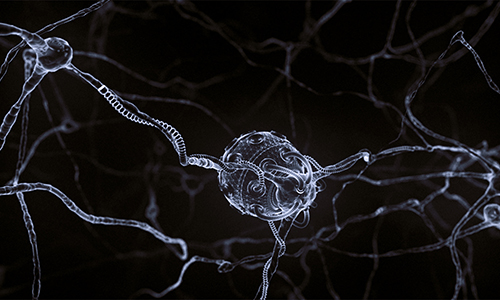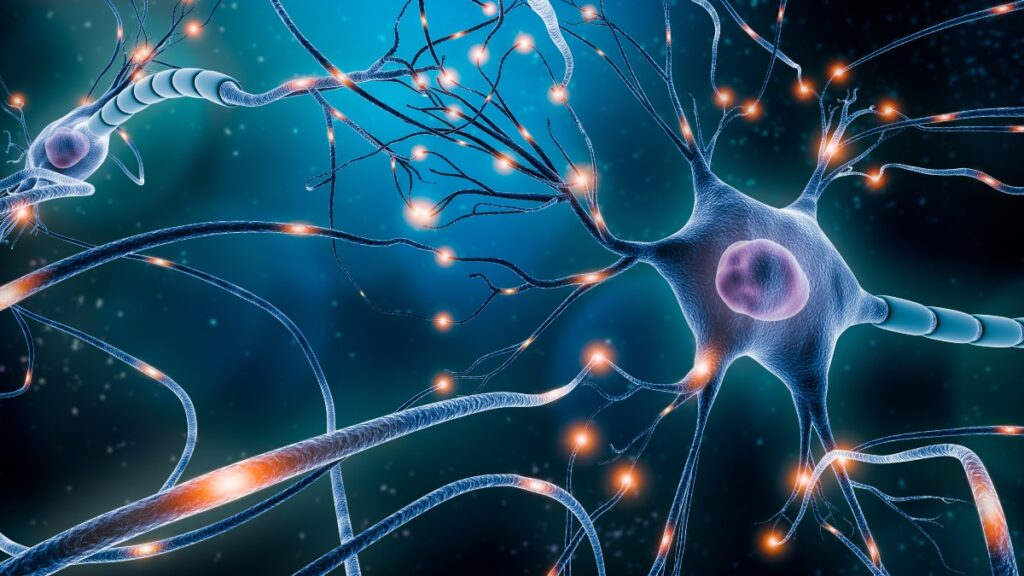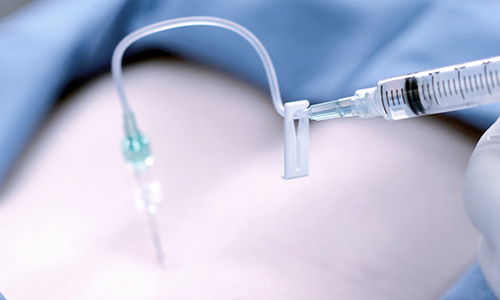RADIOFREQUENCY
The goal is to use an electrical impulse applied to a target nerve to deaden it, stopping the pain in its tracks.
Radiofrequency offers patients of Northern California Pain Specialists a cutting-edge solution to pain management. High-tech treatments like pulsed radiofrequency or continuous radiofrequency ablation are forms of neuromodulation. The goal is to use an electrical impulse applied to a target nerve to deaden it, stopping the pain in its tracks. This treatment is not right for everyone, which is why it's important to see a pain management specialist like Dr. Lo.
What exactly is a radiofrequency treatment?
Put simply, it's a procedure that uses radiofrequency waves to create heat. In medicine, radiofrequency is used in many different ways. For pain management, it works to disrupt nerve conduction with heat. The procedure is often referred to as radiofrequency ablation.
How does radiofrequency ablation work?
This therapy uses the power of radio waves to create an electrical charge. That charge, in turn, delivers heat to the targeted nerve tissue. The heat is enough to disturb that nerve's pain messages to the brain. In a sense, it tricks the brain into thinking there is no pain.
The benefits of radiofrequency ablation include:
-
Minimally-invasive outpatient treatment
-
Focused impulses to reduce tissue damage
-
Fast results for the patient
If necessary, Dr. Lo can perform more than one treatment to provide the best chance for pain relief.
What are the different types of radiofrequency ablation?
There are currently two types of radiofrequency ablation:
-
Continuous
-
Pulsed


